April 29, 2016 – The Ringling – Today, we toured two major parts of “The Ringling”, including Ca’ d’Zan, the home of the Legendary circus owner, John Ringling (1866-1936),
 and his wife Mable (1875-1929),
and his wife Mable (1875-1929),
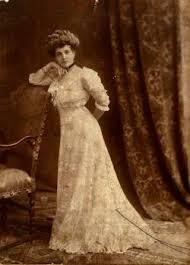 the gardens surrounding the home and the Circus Museum, the first museum in the country to document the rich history of the American circus.
the gardens surrounding the home and the Circus Museum, the first museum in the country to document the rich history of the American circus.
In a “rags to riches” story, John Ringling and his four brothers, joined with another showman to form “The Yankee Robinson and Ringling Bros. Double Show.” It was the only time they would ever accept second billing. By 1888, they’d become the “Ringling Brothers United Monster Shows, Great Double Circus, Royal European Menagerie, Museum, Caravan, and Congress of Trained Animals” and were charging 50¢ for adults and 25¢ for children.
In 1889, the brothers made the move from animal-drawn wagons to railroad cars and they became the first circus to truly travel the country. Indeed, by 1890 the New York Times described John, who had started with the circus as a clown, and was now acting as its advance man, scheduling, contracting and booking acts as, “a human encyclopedia on road and local conditions.” Later the Ringling Bros. Circus would cross the country in a 100 rail-car caravan each season.
In 1905, John married Mable Burton in Hoboken, New Jersey. He was thirty-nine; she was thirty. Two years later the Ringling brothers bought the Barnum & Bailey show for $410,000. It proved a fortuitous investment, as they became the “Kings of the Show World”.
Soon Ringling was investing in railroads, oil, real estate and any number of other enterprises, including Madison Square Garden, where he became a member of the Board of Directors and major investor. In 1925, his personal wealth, holdings and companies were estimated at nearly $200 million.
In 1911 John and Mable purchased 20 acres of waterfront property in Sarasota. In 1912, they began spending winters in what was then a small town. In the 1920s, they became active in the community and purchased more and more real estate. At one time, John and Charles owned more than 25 percent of Sarasota’s total area.
In Sarasota, John became a formidable force in the Florida land boom of the 1920s, buying and developing land on the Sarasota Keys, where he hoped to create a fashionable winter resort that would rival the popularity of the state’s East Coast resorts. In 1927, he moved the circus’ winter headquarters of the circus to Sarasota from Bridgeport, Connecticut.
Their show piece was the magnificent waterfront home they built, Ca’ d’Zan (meaning the House of John in a Venetian dialect).

 The Ringlings had been traveling throughout Europe for nearly 25 years, acquiring circus acts and art. They both greatly admired the architectural style of Venice’s Ducal Palace, Ca’ d’Oro and the Grunwald Hotel. When they decided to build a home in Sarasota, Florida, where they had been winter residents for a number of years, the Ringlings took these palazzi as their inspiration – and Sarasota Bay as their Grand Canal.
The Ringlings had been traveling throughout Europe for nearly 25 years, acquiring circus acts and art. They both greatly admired the architectural style of Venice’s Ducal Palace, Ca’ d’Oro and the Grunwald Hotel. When they decided to build a home in Sarasota, Florida, where they had been winter residents for a number of years, the Ringlings took these palazzi as their inspiration – and Sarasota Bay as their Grand Canal.
One of America’s wealthiest couples, the Ringlings started building Ca’ d’Zan in 1924 and completed it shortly before Christmas in 1926 at the then princely sum of $1.5 million. Sadly, their happiness there was not to last, for only three years after its completion, Mable died from Addison’s disease and the complications of diabetes.
Ultimately, John lost most of his fortune in the Crash of 1929, salvaging his beloved Ca’ d’Zan, which he willed to the State of Florida. When he died in 1969, Ringling’s bank account stood at only $310.
The 36,000 square-foot all-electric house sits on a waterfront site 1,000 feet long and 3,000 feet deep. It is five stories tall and has a full basement. Constructed from terra cotta “T” blocks, concrete and brick, it is covered with stucco and terra cotta and embellished with glazed tile. Decorative tile medallions, balustrades and ornamental cresting in soft red, yellow, green, blue and ivory highlight the pink patina of the stucco and terra cotta exterior.
Inside, the main floor includes living, entertaining and dining areas. The Ringlings private bedrooms as well as five guest bedrooms are found on the second floor along with the servants’ quarters.
Solaarium
Originally an open porch
Reception Room
Entrance Foyer
It is adorned with two large tapestries
Ballroom
The Court
The enormous and magnificent Court was the heart of the home.
Breakfast Room
A huge wrought iron gate may have been installed to keep the Ringlings many dogs out while windows overlook the water 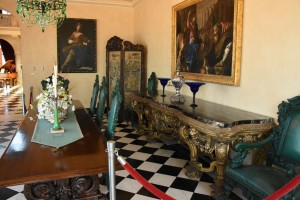

Tap Room

Even though Prohibition was in full swing, the Ringlings and their guests could enjoy a drink from a tap room moved from John’s favorite bar in St. Louis
Valet’s Room and Pantry

A much larger pantry has a custom-made German silver sink that provided a soft, forgiving surface to protect the fine crystal, china and earthenware from breakage. The cabinetry throughout the pantry displays the extensive collection of china collected during the Ringlings’ world travels.
Kitchen
The original green paint had a small amount of arsenic in it to keep pests under control. While John Ringling planned on an electric stove, his cook wanted gas … so he had both installed. Note modern-looking frappe blender.
John Ringling’s Bedroom
John Ringling’s Private Office off his Bedroom 
Mable Ringling’s Bathroom and Dressing Room
We were unable to visit the third floor, where there is a game room and bath of the fourth floor where there is a great beamed guest room and bath with windows on all four sides.
Terrace
The 12,000 sf rear terrace overlooks the bay and once provided a place for John Ringling to moor his 125 ft. yacht, the Zalophus, which eventually burned
The grounds of the 20 acre property were also interesting to wander.
Mable’s Famous Rose Garden
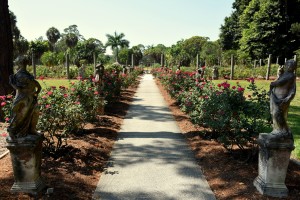
Mable loved roses and Italy. Her rose garden was completed in 1913 and features a limestone gazebo with wrought iron. Smaller concrete statues line the walkways. Since only a few records exist about the garden, little is known about the types of roses planted. Due to the lack of technology on rose disease control in early years, Mrs. Ringling would replace one half of her rose garden every two years.
Waterfront Promenade
Burial site for John and Mable Ringling and John’s sister Ida
Our next stop was the Circus Museum


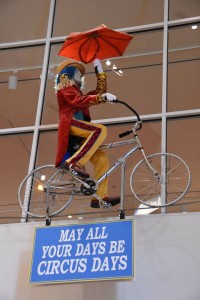 which was established in 1948. It features banners, costumes, wagons
which was established in 1948. It features banners, costumes, wagons
and the Wisconsin, the private rail car in which John and Mable traveled is style across the country.

Built by the Pullman Company in 1905, the car is 79 ft. long, 14 ft. high, 10 ft. wide and weighs 65 tons
The most fascinating display, however, is the Howard Bros. Circus is a ¾-inch-to-the-foot scale replica of Ringling Bros and Barnum & Bailey Circus. he name for the Circus comes from the name of the creator, Howard C. Tibbals.
Tibbals asked Ringling management if he could use their name for his circus when he started building it, but they refused. So he called it The Howard Bros. Circus instead.
Tibbals began toying with circuses in 1943, at the age of 7. At 12 he was given a lathe and jigsaw, which advanced his model building. Tibbals started working on the model in earnest in 1956. Much of the circus was completed by 1974, but it did not premiere until the 1982 World Fair in Knoxville, TN. The detail is almost beyond belief!
In 2004, Tibbals set up the Circus at its current location in the Ringling Estate’s Tibbals Learning Center, which includes a full-scale replica of Tibbals’s workshop.
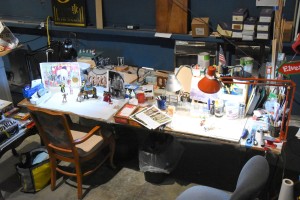
 It took Tibbals over one year to set up the circus in its current location.
It took Tibbals over one year to set up the circus in its current location.
Some interesting facts about his miniature circus:
- It contains 42,143 items, not including small pieces such as thousands of railroad stakes.
- It consists of eight large tents, 152 circus wagons, 1,500 workers and performers, 7,000 folding chairs and more than 500 hand-carved animals.
- Everything can be packed up into the 55 train cars, also individually hand-crafted.
- The display includes seven miniature video stations positioned in various tents with documentary footage of circus life from the 1920s and 1930s.
We were amazed to discover that Ringling’s circuses traveled with over 1,200 workers and performers, 800 animals and all of the equipment needed to set-up for and put on a performance. Over the course of a season, the show could travel up to 15,000 miles and perform in as many as 150 towns.
Unfortunately, time did not permit us to take in the Ringling Art Museum which was built to house John Ringling’s extraordinary collection of European art, mostly acquired during the 1920s. It features masterpieces by Rubens, Veronese, Velazquez and Gainsborough … as well as a bronze copy of Michelangelo’s “David”. More recently, the collection has included a growing number of pieces of modern art as well as art from Asia.
We capped off a wonderful experience with an early dinner at



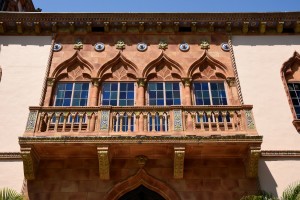

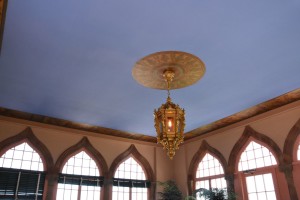




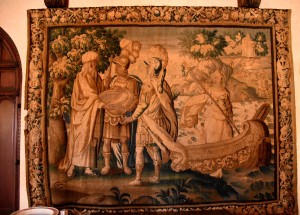

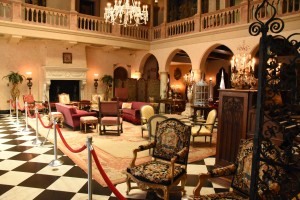
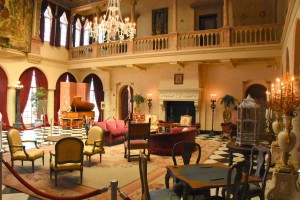


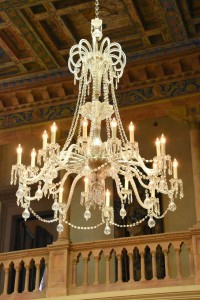
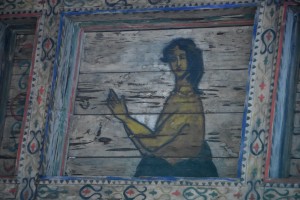





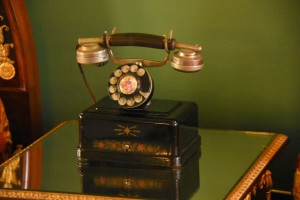

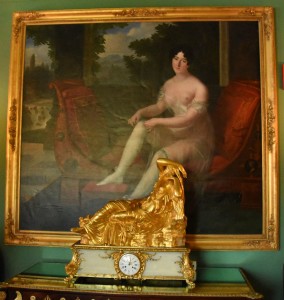


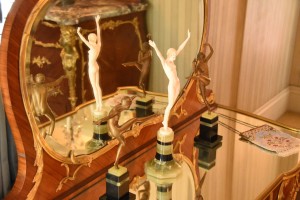
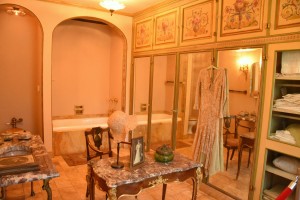

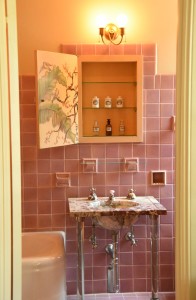
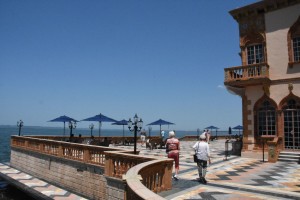
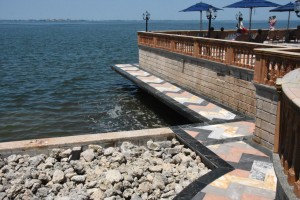


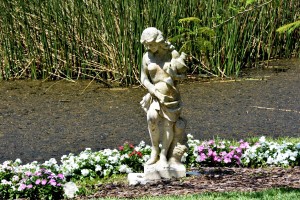


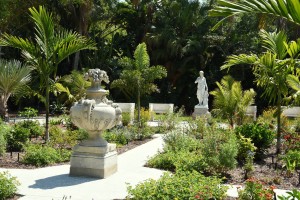

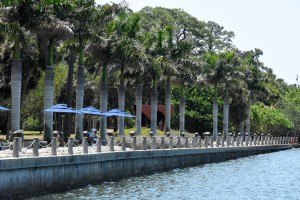

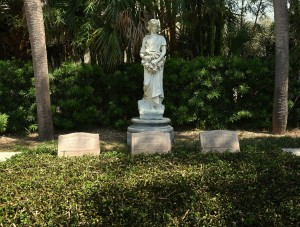


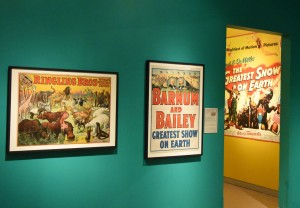

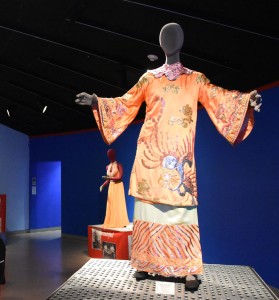

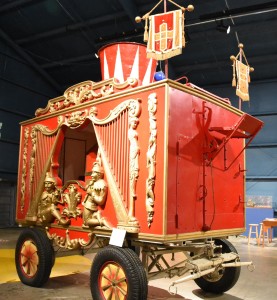
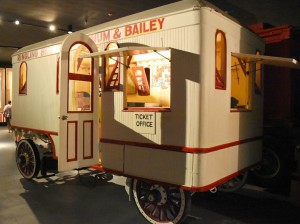






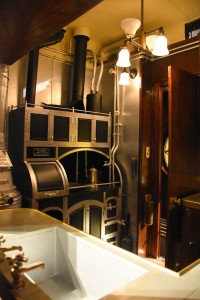


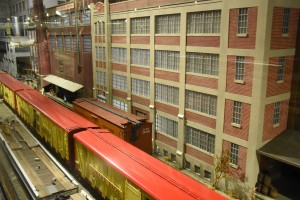
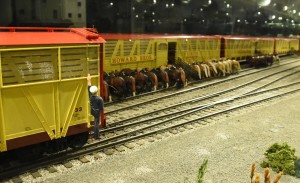


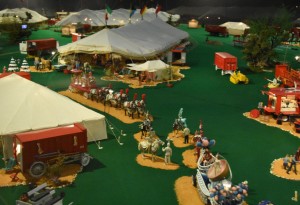
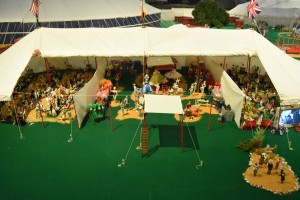

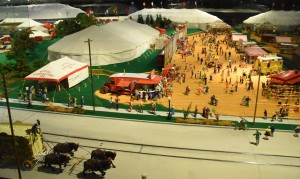

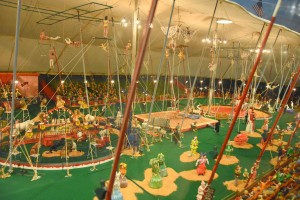

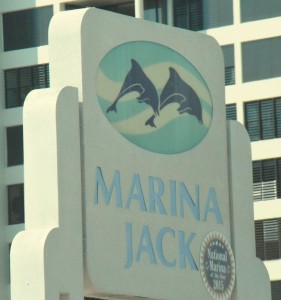



Would you allow some of your pictures to be posted to my Instagram (with proper attribution to dickndebbietravels.com)? The current policy at The Ringing is that no photos are allowed in the Ca' d'Zan, so yours are the last ones available inside the mansion. Thanks.
An additional issue is that video games usually are serious naturally with the primary focus on learning rather than fun. Although, there’s an entertainment part to keep your children engaged, each one game is generally designed to develop a specific group of skills or course, such as numbers or technology. Thanks for your publication.
Hey, you used to write fantastic, but the last few posts have been kinda boring?I miss your great writings. Past several posts are just a bit out of track! come on!
Hi there, I found your site via Google while looking for a related topic, your site came up, it looks great. I have bookmarked it in my google bookmarks.
Thanks for the a new challenge you have unveiled in your blog post. One thing I’d really like to comment on is that FSBO interactions are built with time. By introducing yourself to owners the first saturday their FSBO can be announced, ahead of the masses get started calling on Wednesday, you develop a good network. By sending them methods, educational materials, free records, and forms, you become a strong ally. If you take a personal interest in them and their predicament, you generate a solid connection that, in many cases, pays off if the owners decide to go with a real estate agent they know along with trust – preferably you actually.
My brother suggested I might like this web site. He was entirely right. This post actually made my day. You cann’t imagine just how much time I had spent for this info! Thanks!
Hey There
I tried calling your phone number but it was unsuccessful.
I’ve noticed technical issues with your website, What is the right time to discuss those on a phone call?
Best,
Jason
[email protected]
Hey there! Looking to save on energy costs?
Look no further! At Nexus Energy Group Ltd., we’ve got your back. With over two decades of experience, we’ll help you navigate the energy markets, find the best rates, and keep your wallet happy. Let’s power up together! Reply for details: [email protected]